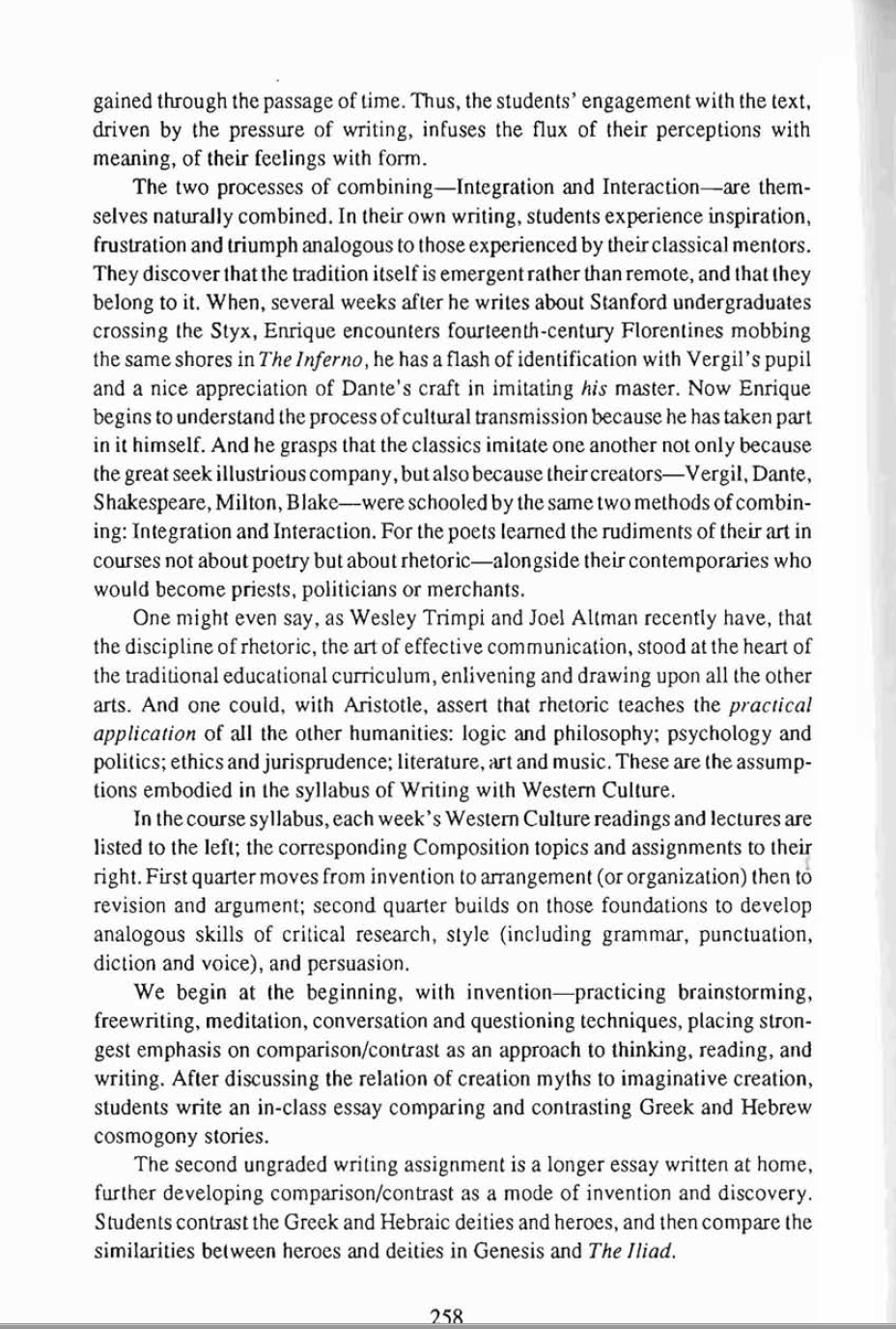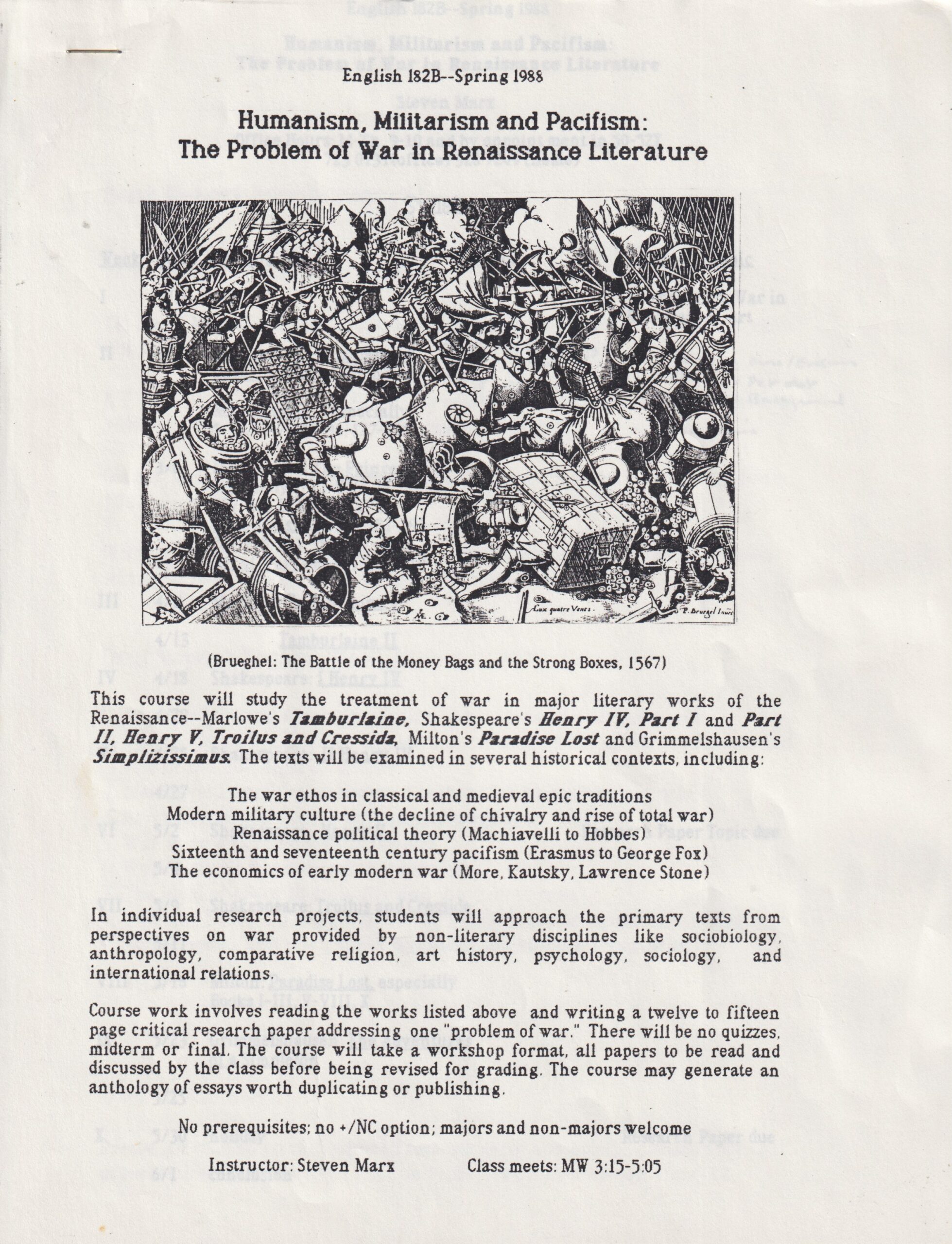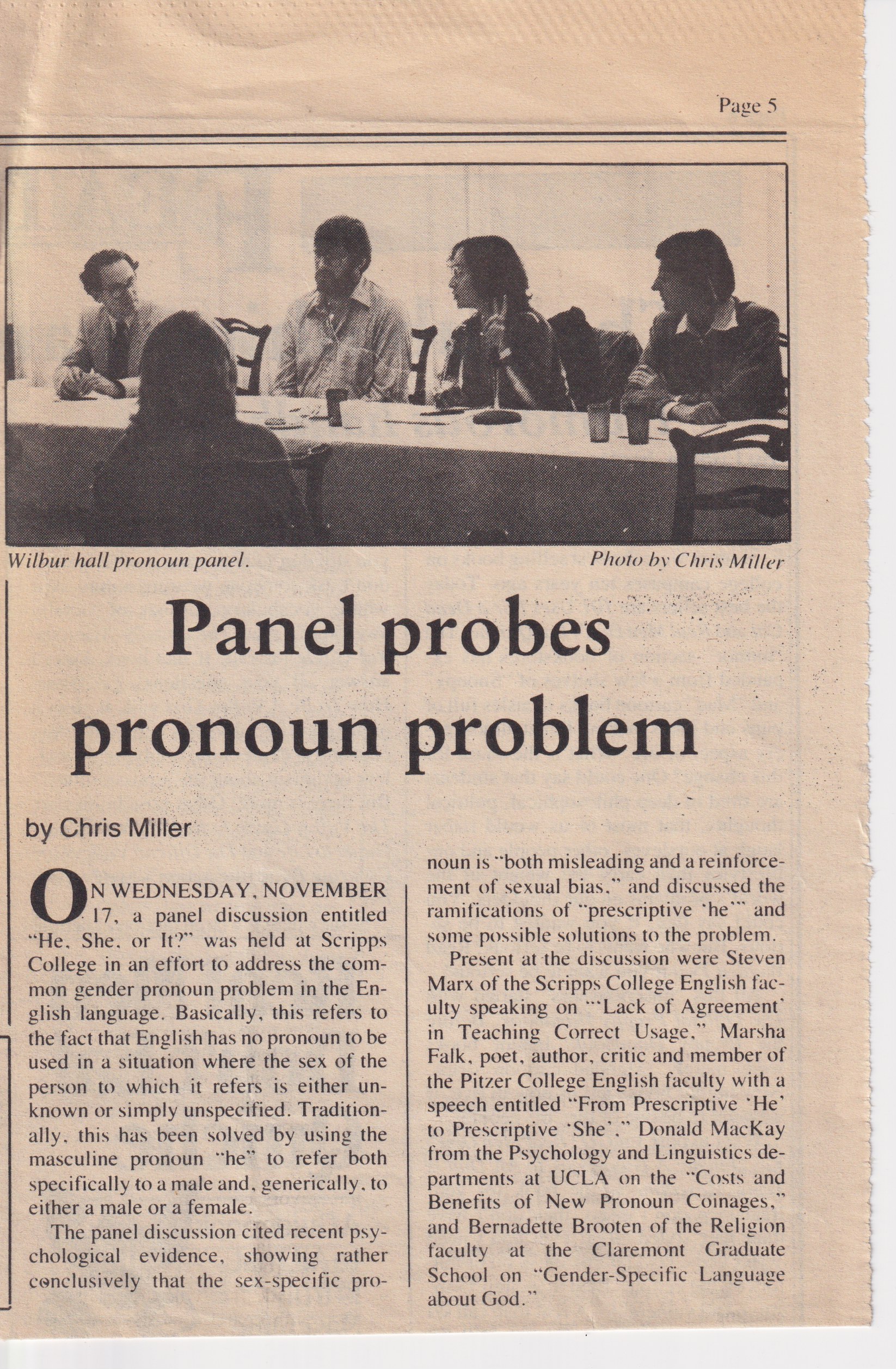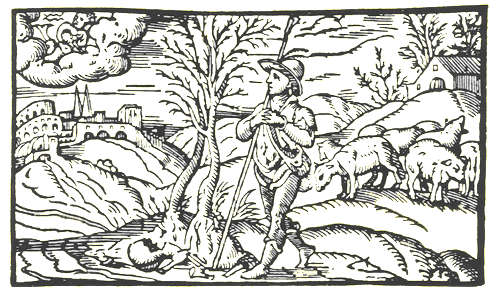Leave your stepping stones behind, something calls for you
Forget the dead you’ve left, they will not follow you
The vagabond who’s rapping at your door
Is standing in the clothes that you once wore…
The carpet now is moving under you
And its all over now Baby Blue.
Twelve people sat on the floor around a rectangular Oriental rug. The supper of brown rice and steamed vegetables was finished, and they were passing wooden bowls, chopsticks and teacups to the corner nearest the kitchen. The host, Peter Klein, straightened his back, crossed his legs, and took charge: “I’ve been reading about carpet designs. They’re all symbolic. The harder you look, the more meaning you find.” He felt warmed by the regard of his guests, mostly ex-students.
“For instance?” asked Ginnie, a thin young girl wearing a homemade beaded vest and strong wire rim glasses.
“See that outer border that looks like a row of crooked fingers?” said Peter. Those are waves. The sea surrounds everything. Now look at the next border with those jagged things alternating with those Y-shaped dealies. What do you see there?” As he used to in class, he waited out the silence.
“They look like pine cones and katchina dolls to me,” said Beth in a low, cultivated voice. Her mouth retained the suggestion of a slight smile, and she kept her eyes on Peter as if there were no one else in the room.
“Interesting idea,” he replied, but I think they’re actually heads of wheat and goblets, signifying harvest. Food and drink, the bread and the wine, communion.”
“I thought this was an Oriental carpet,” said Ramon, the art student whom Ariel had introduced for the first time tonight. There was a touch of irony in his voice.
Peter replied, “The rug is a Sumac. It comes from the Caucasus, on the border of Europe and Asia, where ancient trade routes and Christian, Moslem and Eastern cultures intersect. See these large cruciform shapes? They’re like the floor plan of a cathedral. And these feathery flames inside the crosses? They represent the Phoenix, the Arabian bird that dies every thousand years in a burst of flame and then is resurrected, like Christ.”
Peter stopped lecturing as he felt attention shifting toward the phallus-shaped pipe being lit by one of the guests. As the sweet fragrance filled the room, he centered himself between two diagonal axes of the Sumac pattern and waited his turn. The carpet was left to him by Tante Clara, his mother’s aunt. His wife Leona and he had recently agreed that apart from the bed, it was the only furniture they really needed. To simplify their lives and prepare for their eventual departure, they had sold or given away the rest, making most of their rent-controlled university apartment into a storage facility and crash pad. (more…)





